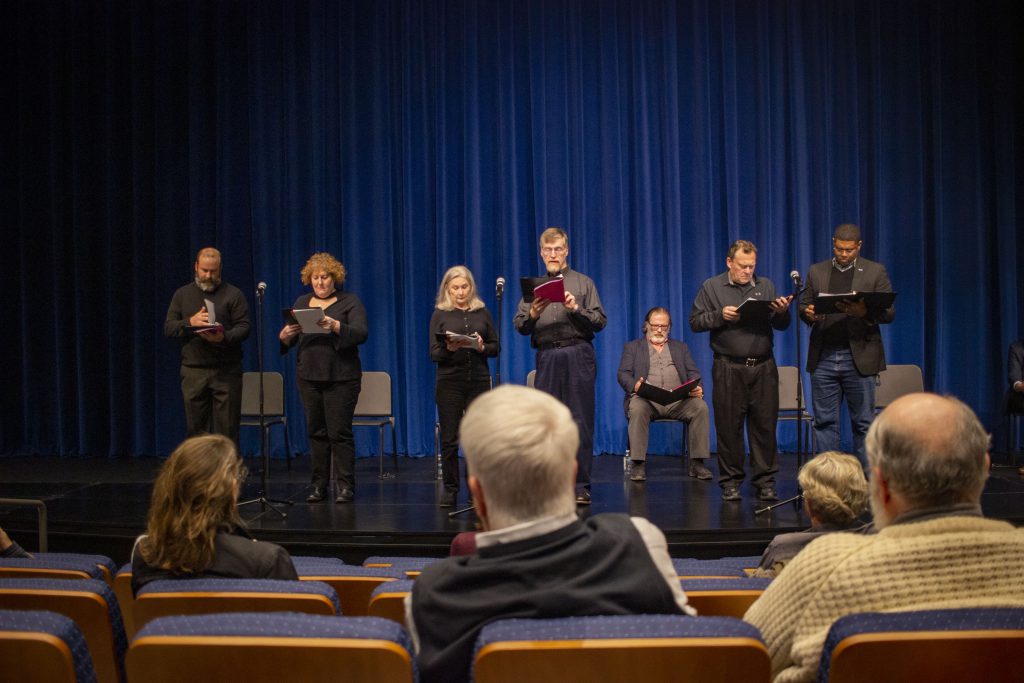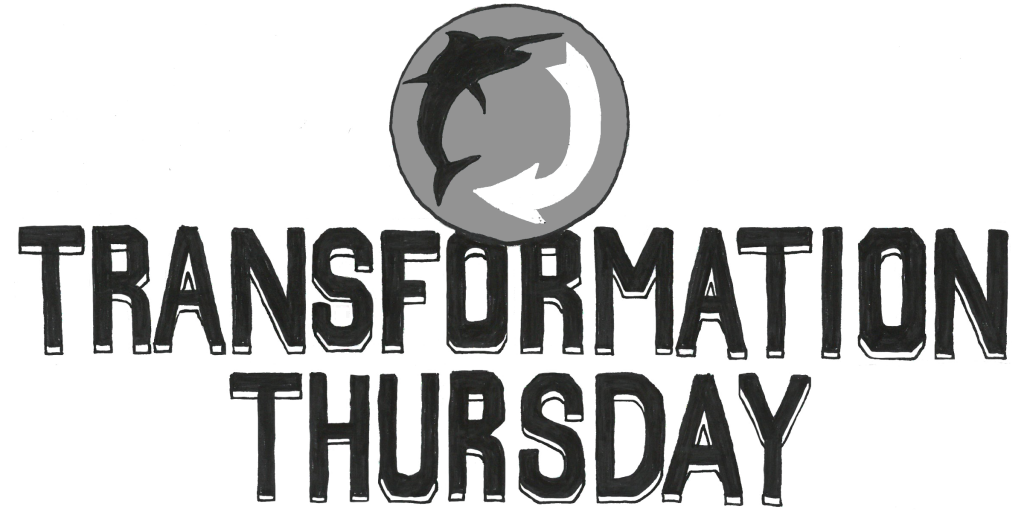January term is a divisive time for many students at Virginia Wesleyan. Some students dread the extra time spent in classes on campus rather than at home with their families, while some students are excited about taking more classes and spending more time with their friends at school. Three students, Jocelyn Kaelin, Brevin De Jesus and Quinn Spitzer, used their J-Term to take classes that differ significantly from the classes offered during the regular semester.
Kaelin, a freshman, went to Maui as part of the class, “Maui: Sea to Sky,” a 300-level Sports and Recreation Management course. The class looked at adventure tourism and its impact on the environment. The class spent seven days on the island on the trip, led by Dr. Doug Kennedy. The group did service learning, hiking expeditions and recreational activities, like learning to surf.
“We hiked across a stream that’s called 13 Crossings. We had to cross it 13 times to get to a waterfall. That was incredibly cool. We got to swim under the waterfall which was crazy, I’ve never seen anything like that before,” Kaelin said, talking about one of the hikes the group went on.
On one of the group’s service learning trips, they picked weeds so that a new taro field could be planted. “We worked in the mud for this charity organization that is aiming for Hawaiian kids to go back to their culture and learn about the traditional agricultural practices,” Kaelin said.
The trip also had time for leisure. “We got to learn to surf, which was probably my favorite part, because that’s like a lifelong dream of mine that I’ve wanted to do. I saw ‘Teen Beach Movie’ when I was six and I was like, I want to be like that,” Kaelin said.
De Jesus, a freshman, took “EDUC 408: Field Experience in Education,” taught by Dr. William McConnell, which took him to Costa Rica to learn the environmental lesson plans taught by the Stroud Water Research Center and the services of the Guanacaste Conservation Area, as well as additional organizations.
“We did a multitude of things. A lot of it was environmental education, so we were consistently out working with different organizations, learning about how they bring groups of kids to these different areas. They’ll go snorkeling, they’ll go to the national parks there and they’ll get to learn about the local species, the environment, what macroinvertebrates live within the streams in that area, what might cause harm to them and what might threaten these locations and the environment down there,” De Jesus said.
Spitzer, a sophomore, took the course, “Scanning Electron Microscopy,” taught by Dr. Victor Townsend, which kept her on campus for J-term.
This class was an instructional class on operating the scanning electron microscope, referred to as “driving it,” and preparing samples for it. The class was more focused on individual instruction than most classes taught at Virginia Wesleyan.
“We’d have this little sheet of paper, our ‘driving instructions,’ and then Dr. Townsend would sit right behind us and direct us for the first two weeks, and then the last week, we went on our own a little bit,” Spitzer said, on the structure of the class.
To prepare the samples for the microscope, samples had to be completely dried out and covered in a gold plating, which would reflect the electrons back that give the microscope its function. The microscope can show clear images at magnifications in excess of 50,000x.
Spitzer, Kaelin and De Jesus recommended that students take courses like these to broaden their educational horizons. Microscopy classes can also help students to earn certifications that may help them find jobs in the future.
By Aiden Croghan
accroghan@vwu.edu


